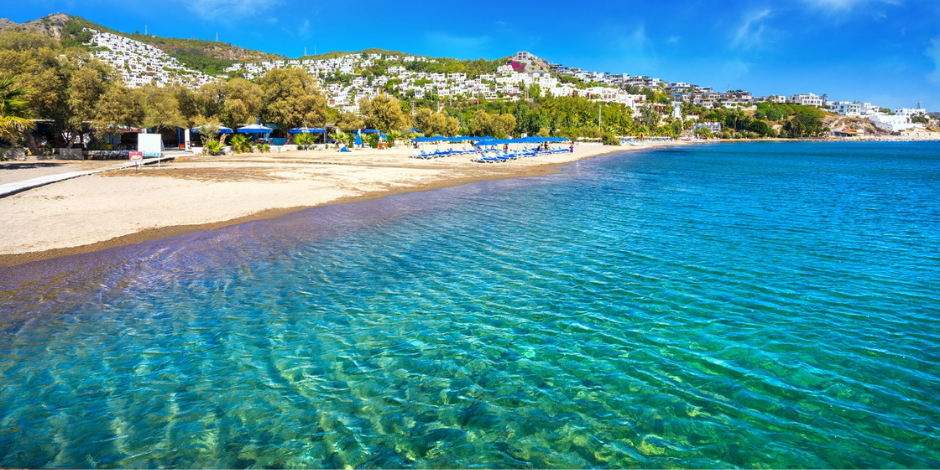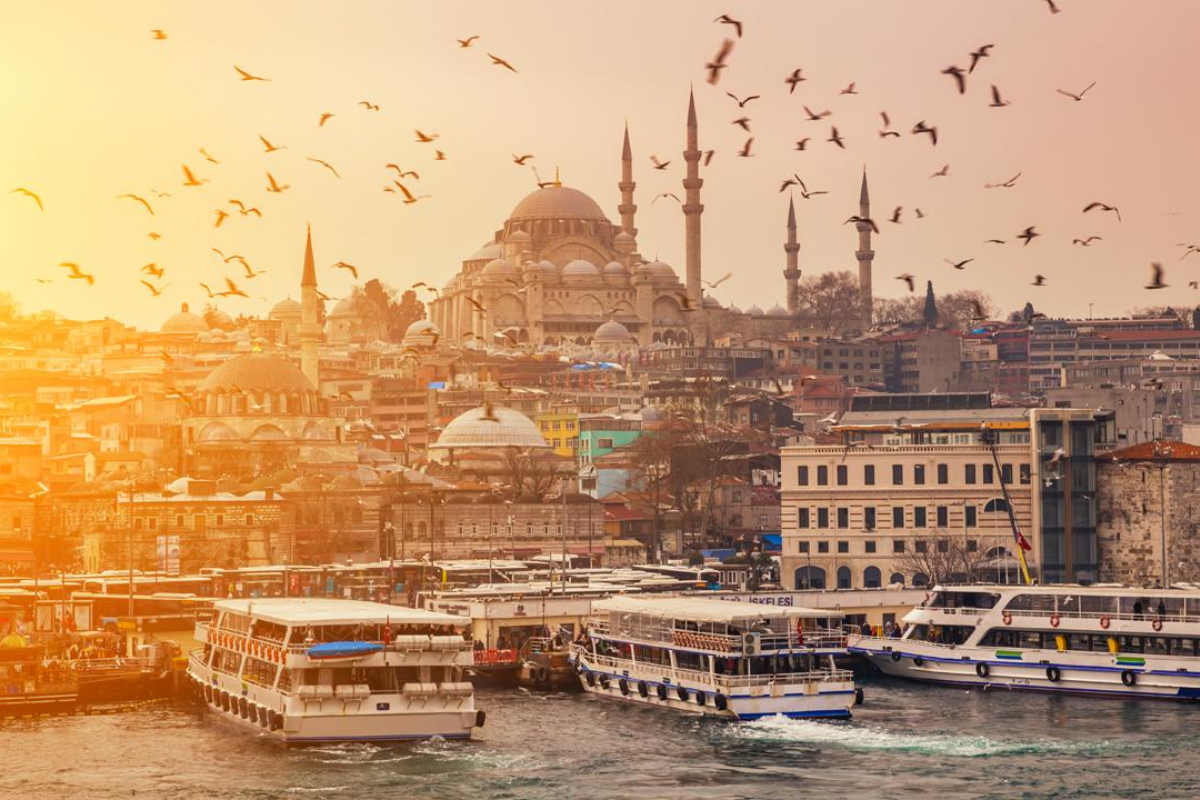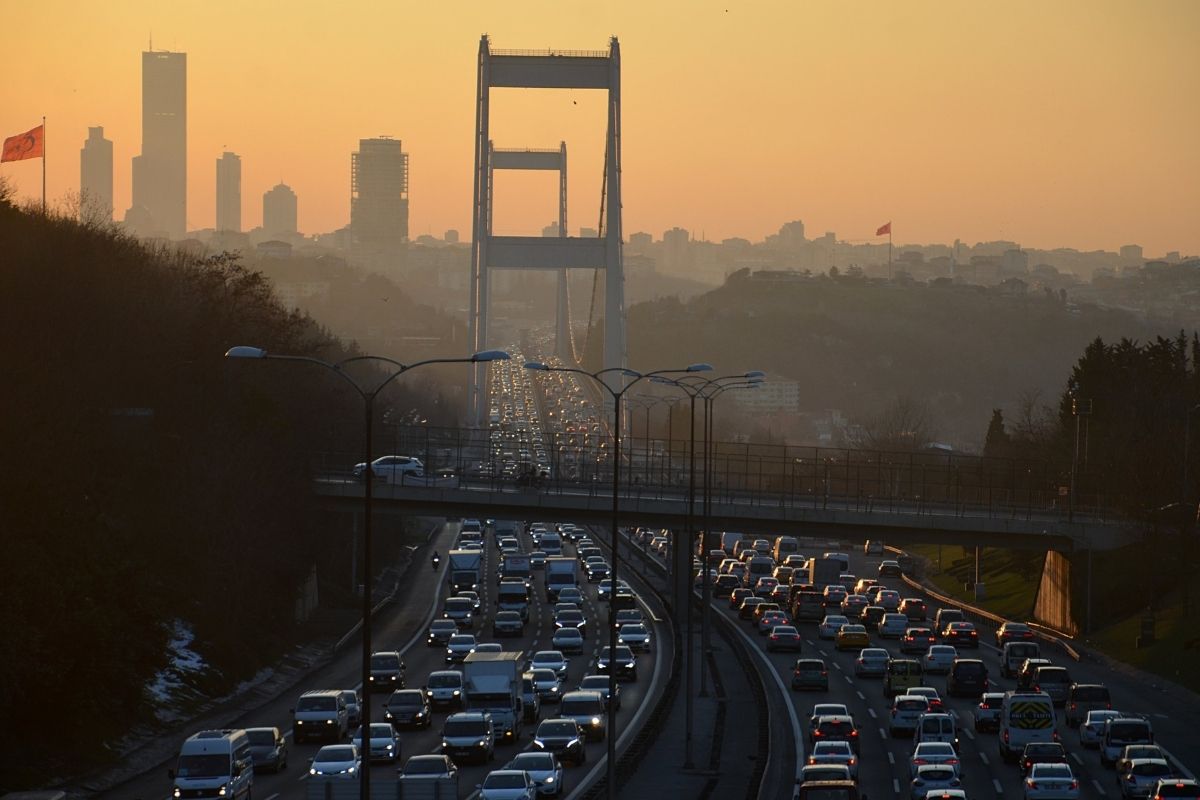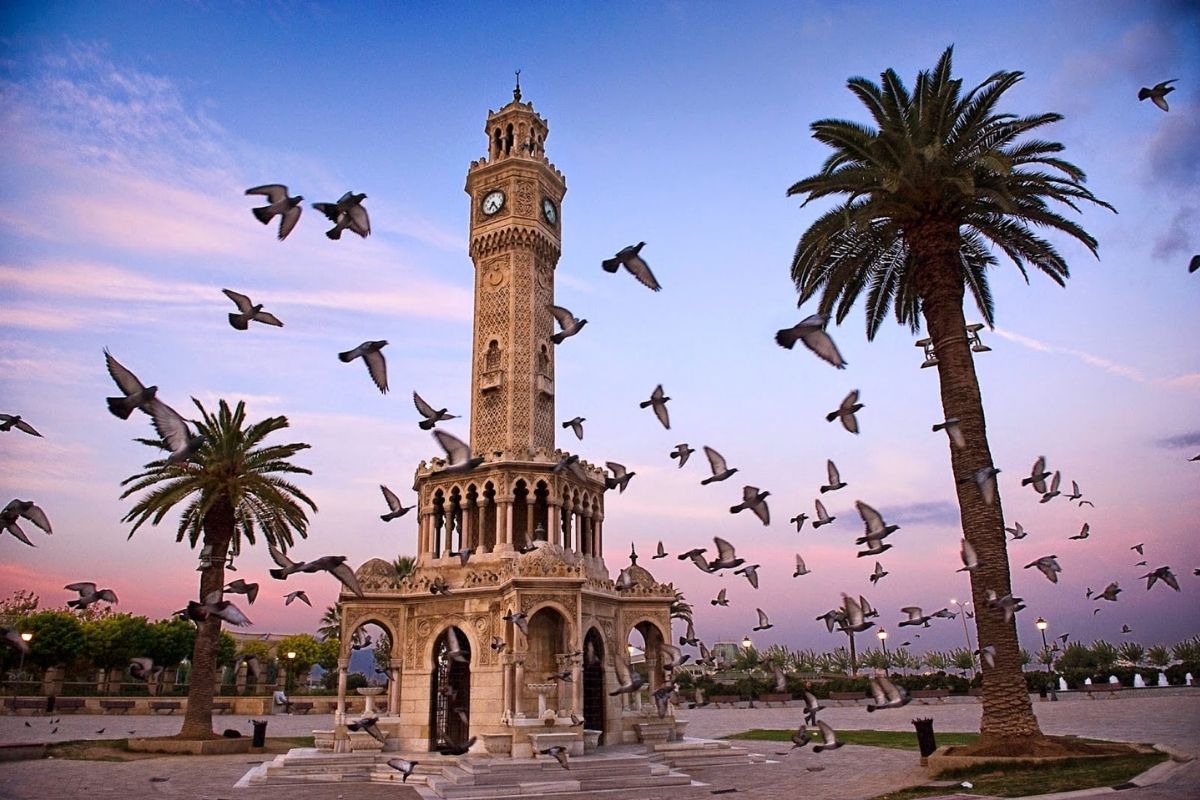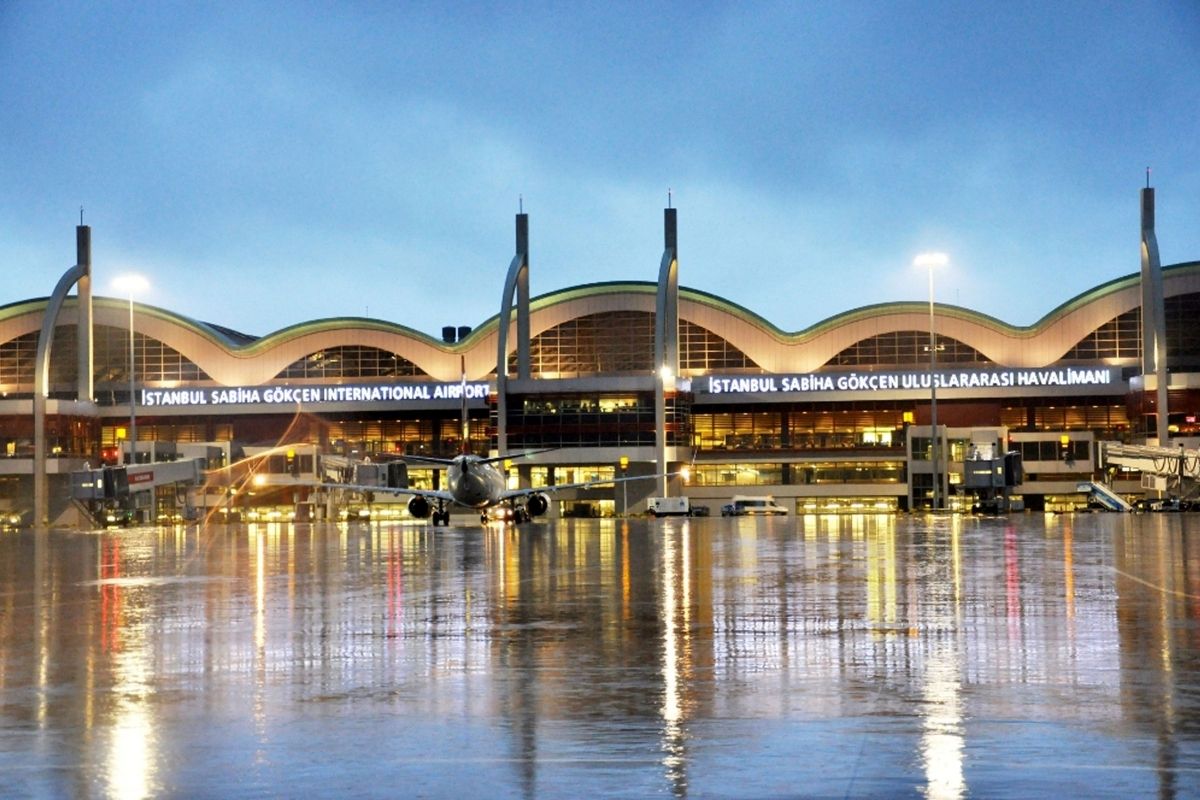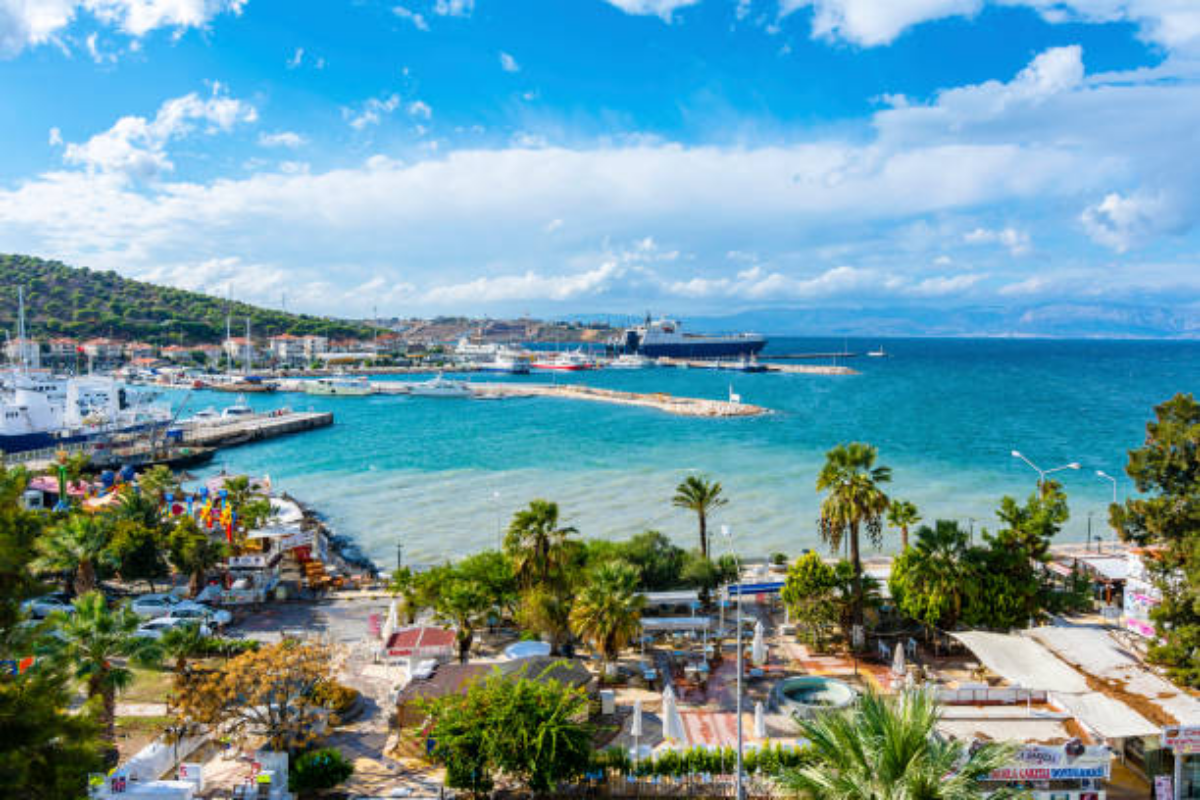Cappadocia's Mysterious Underground Cities: Secrets Worth Discovering
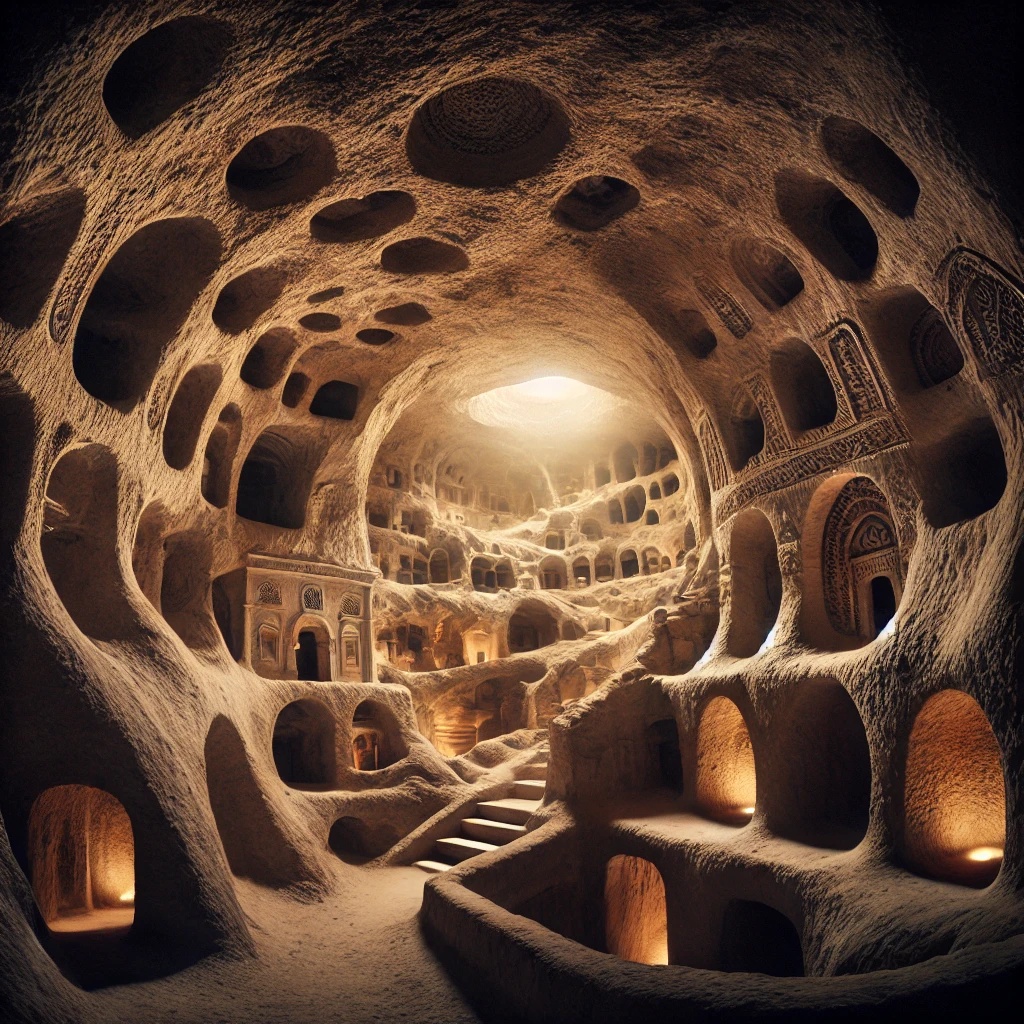
The History of Cappadocia's Underground Cities The underground cities of Cappadocia have a long history dating back to the Roman and Byzantine periods. Thanks to the rich volcanic rock formations, the people of this region gradually developed rock-carving techniques and constructed safe shelters. These underground structures were not only homes, storage areas, and churches, but also equipped with vast tunnel systems, water channels, and ventilation systems. The underground cities of Cappadocia were used both for defense and concealment.
The Most Famous Underground Cities of Cappadocia
-
Derinkuyu Underground City Derinkuyu is one of the most famous underground cities in Cappadocia and also the deepest. This city, which goes down as deep as 85 meters, has a capacity to accommodate up to 20,000 people. Its most notable features are the extensive tunnel systems, entrances that can be sealed with large stones, and water storage areas. The presence of churches and schools here shows that the city was used not only for defense but also for maintaining religious and cultural life.
-
Kaymaklı Underground City Kaymaklı, while smaller than Derinkuyu, is architecturally quite striking. This city consists of 8 levels, each serving different purposes. The connections between homes, storage areas, wine cellars, and functional spaces give visitors a glimpse into the hidden living areas. The labyrinthine tunnels of Kaymaklı also offer an exciting route for adventurers who love to explore underground.
-
Mazı Underground City Mazı is one of the lesser-known underground cities in Cappadocia, but it has features worth exploring. Like Derinkuyu and Kaymaklı, Mazı also contains deep tunnels and rooms. Some structures in this city were once used as living spaces by villagers, while others were built for religious ceremonies. Mazı continues to be a place filled with many secrets and offers visitors a glimpse into the past.
Mysterious Features of Cappadocia's Underground Cities One of the most fascinating aspects of Cappadocia's underground cities is the construction techniques used. The rooms, tunnels, and water channels carved into the rocks were built with the engineering knowledge of the time and have been well-preserved. Air ducts and underground water sources provided life to these cities. In addition to shelter, people also engaged in many social activities in these underground spaces. High walls, narrow tunnels, and massive stone doors confirm that these cities were used for military purposes as well.
Exploring and Visiting the Underground Cities Visiting the underground cities of Cappadocia is like taking a journey through history. Tourists visiting the region can explore these mysterious structures to better understand the lifestyle of ancient civilizations and their strategies for protection. However, the narrow and sometimes dark spaces of the underground cities may be challenging for some visitors. Therefore, it is advisable to visit with a guide or in groups. Additionally, access to some parts of the cities may be restricted, and tourists may not be allowed to enter certain areas.
Protection of the Underground Cities The preservation of the underground cities is of great importance both for tourism and for historical reasons. The underground structures in Cappadocia are continuously monitored to protect them from natural disasters, floods, and human impact. Local authorities are committed to restoration efforts and environmental arrangements to ensure these historical sites are preserved for future generations. Additionally, the inclusion of the region in the UNESCO World Heritage List is part of the effort to protect these historical structures.



